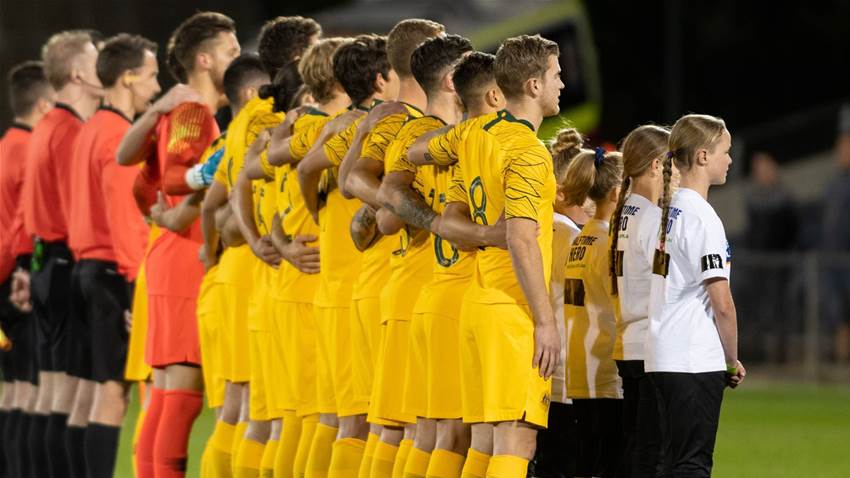Football’s enforced hibernation in the face of COVID-19 has given participants plenty of time to think about how to cure what ails it.
There is a lack of quality minutes available for young players in the A-League, but the Welshman believes the conversation ignores some key points around opportunities that do exist.
The 32-year-old, who worked in the youth setups of Southampton, Aldershot Town, Everton, Crawley Town and Brisbane Roar as well as served as the boss of the Cook Islands prior to arriving at Victory, believes the conversation surrounding bringing young players into the professional ranks needs to be re-framed to better reflect the reality on the ground.
“I think the biggest [misconception] is that the A-League provides a lack of opportunity, and that’s just not the case,” explained Sherman.
“Firstly, we give opportunity earlier than most leagues; the typical age of debutants in the more traditional European leagues is around 19-21, our kids are debuting at 16-19 – so they’re debuting younger.
"Secondly, there are more of them. The highest number of participants in our league, or the modal age, is 20 – there are more 20-year-olds than playing in the A-League than any other age.
“In terms of the minutes for players who are under the age of 21, the cumulative minutes, we’re right up there as one of the top five leagues in terms of the minutes we provide for players who are under the age of 21.
“The biggest challenge we have is that the minutes per player, because we have such a high volume of players, is low. We don’t give all of the players a lot of minutes, but we do provide a lot of opportunity for different players."
While players such as Louis D’Arrigo and Jerry Skotadis were notable exceptions, the median number minutes played by Australians aged 21 and under in the A-League in 2019/20 was 182 – almost half the 327-minute equivalent from the 2018/19 season. The median number of games played in accumulating those 182 minutes was six.
"There are reasons for that," Sherman explained.
“Some of that data might be down to the fact that we are mandated to contract a certain number of players and what we actually do is provide an artificial opportunity that perhaps the player quality hasn’t deserved, and that might be why we see a low average of minutes.
“We need to talk about U21s first and foremost.
“It’s no good tracking U23 data, because the salary cap mandates that the conditions for our U21 players are different from those that are 22 and 23. We can’t barrel them all together; we need to look at 16 to 21s and then 22s to 23s.
“22- to 23-year-olds, if you track the ages of players in our league, it’s staggering.
Related Articles
.jpeg&h=172&w=306&c=1&s=1)
Langerak to bolster Victory's ALM title bid in January

Socceroo-in-waiting seals Championship deal













